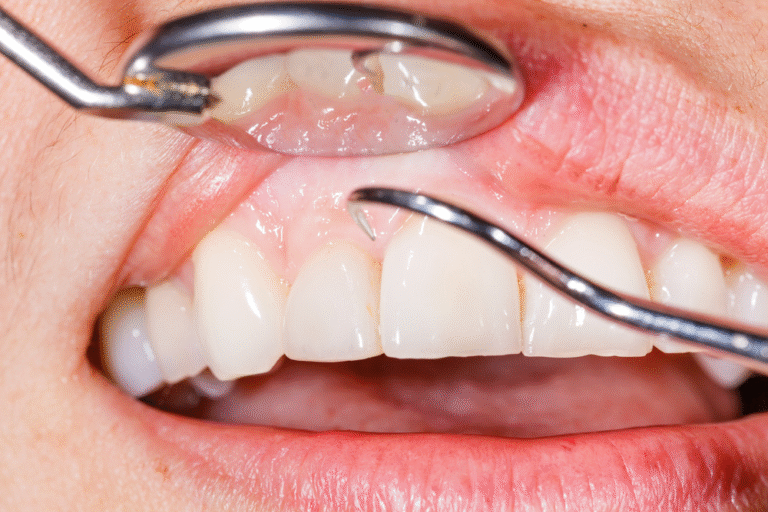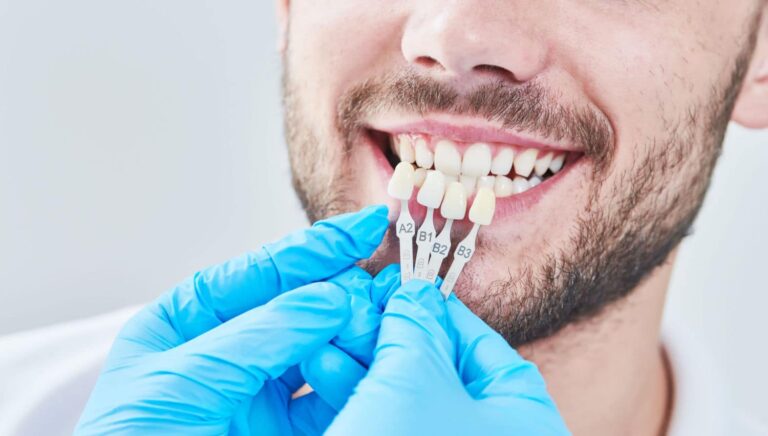What To Expect From Invisalign Treatments
Deciding to straighten your teeth is a significant step, and understanding the process can make the journey feel more manageable. For those exploring alternatives to traditional braces, Invisalign offers a different approach to achieving a straighter smile. Understanding how the system functions, the typical duration of treatment, and the potential outcomes you may experience can help you make an informed decision.
How Does Invisalign Work?
The Invisalign system uses a series of clear, custom-made aligners to gradually shift your teeth into their desired positions. The process begins with a consultation, during which a dental professional creates a precise 3D model of your mouth. This digital model is used to map out the entire treatment plan, showing the projected movement of your teeth from their current state to their final alignment.
Based on this plan, a set of clear plastic aligners is fabricated specifically for you. Each aligner is designed to make slight adjustments to the position of your teeth. You will wear each set for about one to two weeks before moving on to the next one in the series. This sequential process applies gentle, consistent pressure, guiding your teeth toward their correct alignment over time. For the treatment to be effective, you will need to wear the aligners for 20 to 22 hours per day, removing them only for eating, drinking, brushing, and flossing.
How Long Do Treatments Take?
The duration of an Invisalign treatment varies from person to person, as each plan is customized to individual needs. The total time depends on the complexity of the dental adjustments required. Some people may complete their treatment in as little as six months, while others with more complex alignment issues might need up to 18 months or longer.
Your orthodontist or dentist will provide a more specific timeline after your initial assessment. Following the prescribed wear schedule is a key factor in keeping your treatment on track. Consistent use of the aligners as directed helps the process proceed as planned. Regular check-ups, typically every six to eight weeks, allow your dental professional to monitor progress and make any necessary adjustments to your treatment plan.
What Results Can Patients Expect?
The goal of Invisalign is to correct alignment and bite issues, leading to a straighter smile. Specific results depend on the initial condition of your teeth and your treatment goals. The system is designed to address a variety of orthodontic concerns.
Many patients seek treatment for common alignment issues. A well-designed Invisalign plan can help with the following:
- Crowded Teeth: When there isn’t enough space in your jaw for your teeth to fit normally, they can bunch up, overlap, and twist. The aligners work to create space and move teeth into their proper positions.
- Gapped Teeth: Extra space between two or more teeth can be addressed by the aligners, which gently close these gaps to create a more uniform appearance.
- Overbite/Underbite/Crossbite: Bite misalignments occur when the upper and lower jaws do not line up correctly. Invisalign can be used to shift the jaws and teeth into proper alignment, improving both function and appearance.
Upon completing your treatment, your teeth will have moved into their new, planned positions. To maintain these results, your dental professional will likely provide you with a retainer. A retainer prevents your teeth from gradually shifting back toward their original positions. Wearing it as instructed is a fundamental part of preserving your new smile long-term.
Consult a Specialist
If you are thinking about straightening your teeth with Invisalign, the next step is to speak with a qualified orthodontist or dentist. A professional can evaluate your specific dental situation and determine if this treatment is a suitable option for you. During a consultation, you can discuss your goals, ask questions, and receive a personalized treatment plan. This appointment is your opportunity to gain a comprehensive understanding of the process, including the expected duration and associated costs. A specialist will guide you through the journey, offering support and expertise to help you achieve your desired smile.







